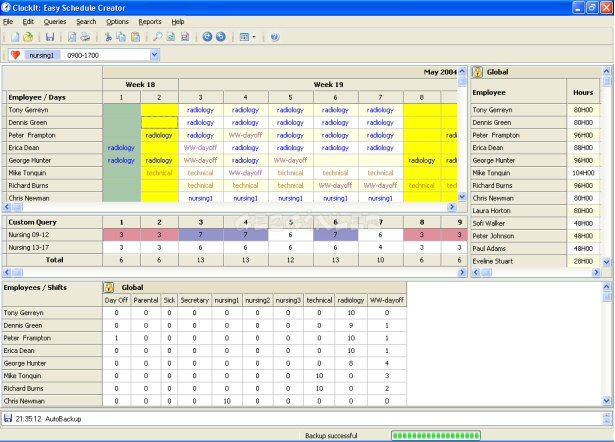

If the server is configured to use Active Directory, this value must match a user defined in Active Directory. The CSV file can contain the following fields, in the order shown here: Is using local authentication, you must provide passwords for new To use Active Directory authentication, there must be a PasswordĬolumn, but the column itself should be empty. Password: If Tableau Server is configured The following values are required for each user: If a user name includes an that represents anything other than a domain separator, you need to refer to the symbol using the hexadecimal format: \0x40įor example, should be columns in the CSV file You can do this by opening the file in a text editor and using the Save As command. The file is in UTF-8 format, and includes the byte-order mark (BOM).Ĭharacter encodings such as BIG-5 have been converted to UTF-8. Tableau Server assumes that every line in the file represents a user. The file does not include column headings.

When you create the CSV file for importing users, make sure that the file meets the following formatting requirements:

Note: Unless otherwise noted, the guidelines specified in this topic apply to Tableau Server when configured with or without identity pools (Link opens in a new window). If you import users to the server (not to a specific site), the users aren’t assigned to a site and are imported as Unlicensed. You can import users at the site or server level. Using tabcmd provides an option for assigning a site role to all users in the CSV file. To import users, you can use the server or site administration pages or the tabcmd utility.


 0 kommentar(er)
0 kommentar(er)
